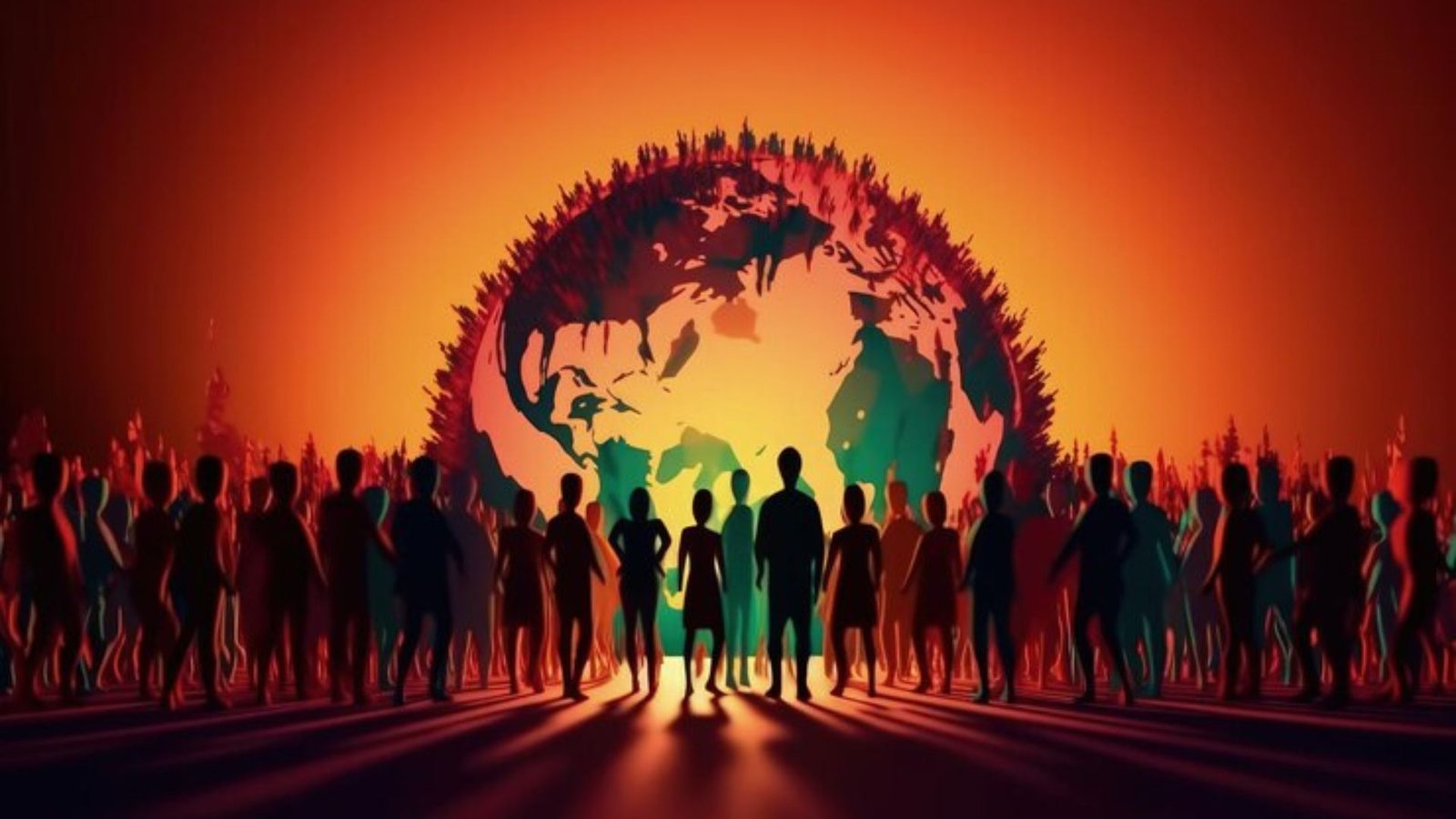Casteò is a term that resonates with many people, yet its true meaning and significance can often be overlooked. In this article, we will explore what casteò represents, its cultural implications, and how it influences various aspects of life. By the end of this guide, you’ll have a deeper understanding of casteò and its impact on society.
What is Casteò?
Casteò’s is derived from the concept of “caste,” which traditionally refers to a social stratification system. While the term is often associated with South Asian societies, its implications extend far beyond geographic boundaries. Casteò’s embodies not just a social hierarchy but also a set of beliefs, practices, and identities that shape communities.
Historical Context
To appreciate casteò, it’s essential to look at its historical roots. The caste system in South Asia, particularly in India, has evolved over centuries. Initially based on occupational divisions, it later became a rigid social structure that dictated not just professions but also marriage, social interactions, and access to resources.
The Evolution of Casteò
In modern contexts, casteò’s has taken on new meanings. As societies evolve, so do the perceptions and roles of caste. Today, many people are advocating for a more equitable understanding of casteò, pushing for social justice and the dismantling of discriminatory practices.
The Cultural Significance of Casteò
Casteò’s plays a crucial role in shaping cultural identities. Understanding this can help us navigate the complexities of social interactions within different communities.
Identity Formation
For many individuals, casteò’s forms a significant part of their identity. It influences how they perceive themselves and how they are perceived by others. This identity can manifest in various ways, including language, festivals, and traditions.
Community and Belonging
Casteò’s often fosters a sense of belonging among members of a specific group. Shared cultural practices and values create strong community bonds. However, this can also lead to exclusionary practices, where individuals from different caste backgrounds may face discrimination or isolation.
Casteò in Modern Society
As societies modernize, the relevance of casteò’s continues to be debated. In some regions, it remains a powerful influence, while in others, its significance is waning.
Education and Employment
Casteò’s can impact educational opportunities and career prospects. In many instances, individuals from lower castes may face barriers to accessing quality education or jobs. This systemic inequality raises important questions about fairness and equity in modern society.
Social Justice Movements
In recent years, there has been a surge in social justice movements advocating for the rights of marginalized groups. These movements often focus on dismantling caste-based discrimination, highlighting the need for inclusivity and equality in all aspects of life.
The Intersection of Casteò and Globalization
Globalization has further complicated the discourse around casteò. As cultures intermingle, the dynamics of caste can shift, leading to both positive and negative outcomes.
Cultural Exchange
Globalization allows for cultural exchange, which can enrich communities by introducing new ideas and practices. However, it can also lead to the commodification of cultural identities, where traditional practices are commercialized or misrepresented.
The Role of Technology
Technology plays a significant role in shaping perceptions of casteò. Social media platforms provide a space for marginalized voices, allowing for greater awareness and advocacy. However, they can also perpetuate stereotypes and misinformation.
The Future of Casteò
As we look ahead, the future of casteò’s remains uncertain. While there are movements aimed at reforming outdated practices, deep-seated beliefs and traditions can be challenging to change.
Education and Awareness
One of the most effective ways to address casteò’s is through education. Raising awareness about the implications of caste and promoting inclusivity can foster a more equitable society.
Policy Changes
Governments and organizations have a crucial role in implementing policies that promote equality. These policies should focus on eliminating caste-based discrimination in all areas, including education, employment, and social services.
Conclusion
Casteò’s is a multifaceted concept that holds significant meaning across various cultures and societies. By understanding its historical context, cultural significance, and modern implications, we can work towards a more inclusive future. It’s essential to continue the dialogue around casteò, advocating for social justice and equality for all.
ALSO READ:Griffin Cleverly: Mastering Innovation and Creativity
FAQs
What does casteò mean?
Casteò refers to a social stratification system, often associated with the traditional caste system in South Asia, that shapes identities and community interactions.
How does casteò impact modern society?
Casteò can influence educational and employment opportunities, perpetuating systemic inequalities and discrimination. However, social justice movements are working to address these issues.
Is casteò relevant in today’s globalized world?
Yes, casteò remains relevant, as globalization creates both opportunities for cultural exchange and challenges in addressing deep-rooted beliefs and practices.
How can we promote awareness of casteò?
Education, open dialogue, and advocacy are key to promoting awareness and understanding of casteò and its implications in society.
What role do governments play in addressing casteò?
Governments can implement policies to combat caste-based discrimination, promote inclusivity, and ensure equal opportunities for all individuals, regardless of caste background.

